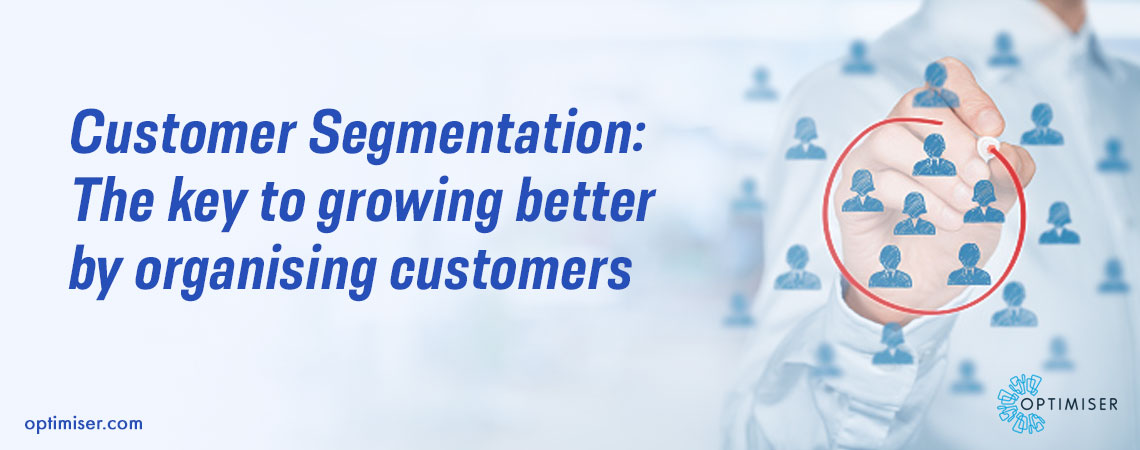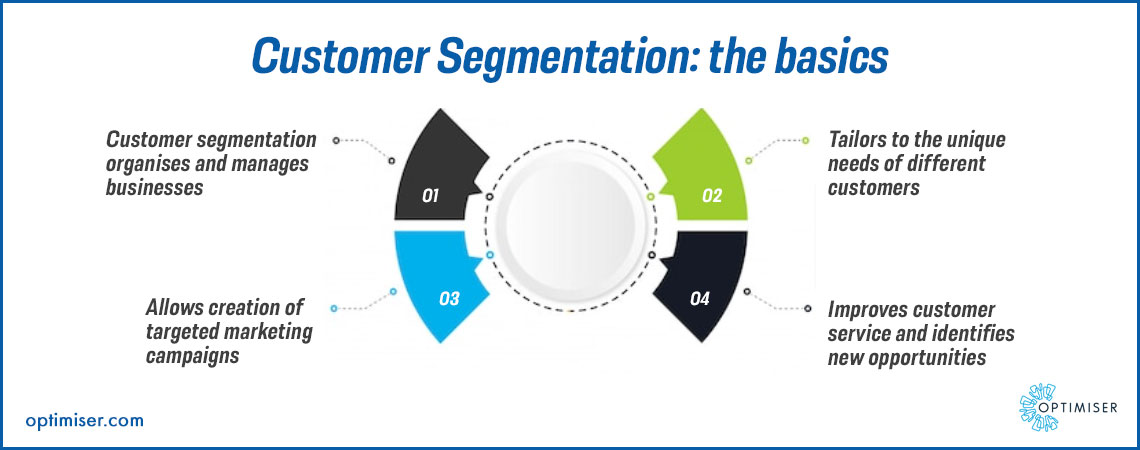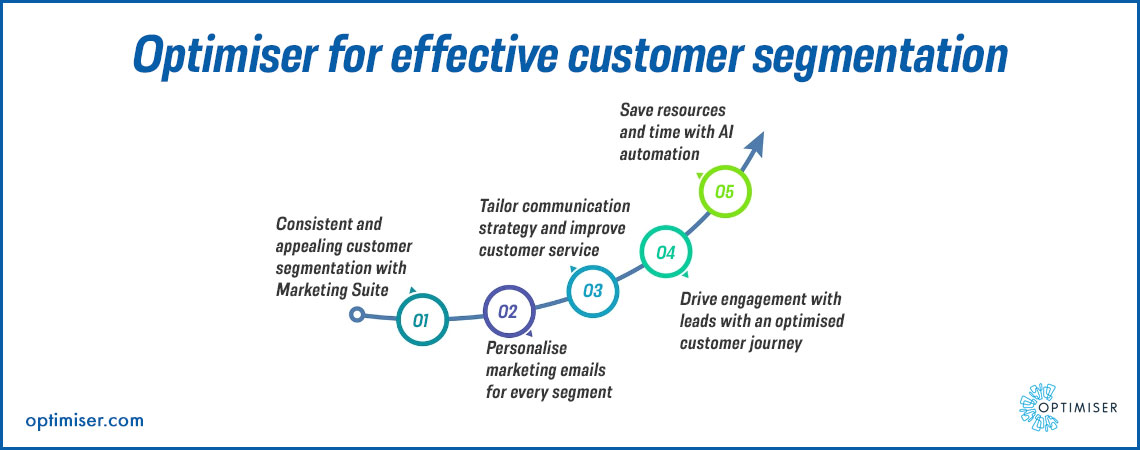
Customer Segmentation: Grow better by organising customers
Customer segmentation is used to divide the customers into different segments based on their traits such as habits, interests, personality and factors such as income, industry, and demographics that they have.
It is the simplest way to organise and manage all the customers and their relationship with the business. This process will make it easy for the sales, marketing and customer service teams when coming in contact with customers. They will be able to personalise the communication and boost the customer satisfaction rate in the process.
Why do companies segment customers?
Customer segmentation is not an unfamiliar topic amongst marketers and business owners. When business owners start their enterprise, their focus is on understanding their target market and the customers. This is where customer segmentation comes into play. Some other reasons for segmenting customers include:
- Learning about customers to tailor content based on their unique challenges and needs. This will increase customer loyalty with personalised interactions and content.
- It is used for creating targeted campaigns that will resonate with a large audience.
- Improve your customer service using segmentation. Ramp up the customer efforts by gathering important data on customers and understanding the different challenges that they face.
- Communicating with the customers through the channel of their preference and improving the customer journey.
- Identifying new opportunities, support, product developments and service

Models for customer segmentation
While this does not include all types of customer segmentation, these are some of the most common ones used by businesses to start organising their customer base. This data is further used to create a buyer’s persona.
| Model of Segmentation | Approach used for Segmenting Customer |
|---|---|
| Demographic | Education, gender, age, income, marital status |
| Technographic | Types of devices, software and apps used |
| Geographic | City, state and country |
| Needs-Based | Features that should be included in the product for the particular customer group |
| Psychographic | Personality, attitude, values and interests |
| Value-Based | Fiscal significance for the particular customer group |
| Behavioural | Frequent actions, habits, product/feature used often |
An effective 4-step strategy for customer segmentation

Also Read: How to Create a Successful Marketing Automation Strategy?
Summary
Customer segmentation allows businesses to reach an audience as well as boost conversions. It allows the sales, product, service and marketing efforts can be combined to communicate with customers effectively and gather more information about their individual needs. While not every customer is going to have the same need for a product but they can be sorted into groups based on one common trait that they share with other customers. With Optimiser users can create effective customer segmentation and personalise marketing emails for every segment.

30 days free trial. No credit card required
 One powerful platform
One powerful platform
 Simple to use
Simple to use
 Comprehensive
Comprehensive



